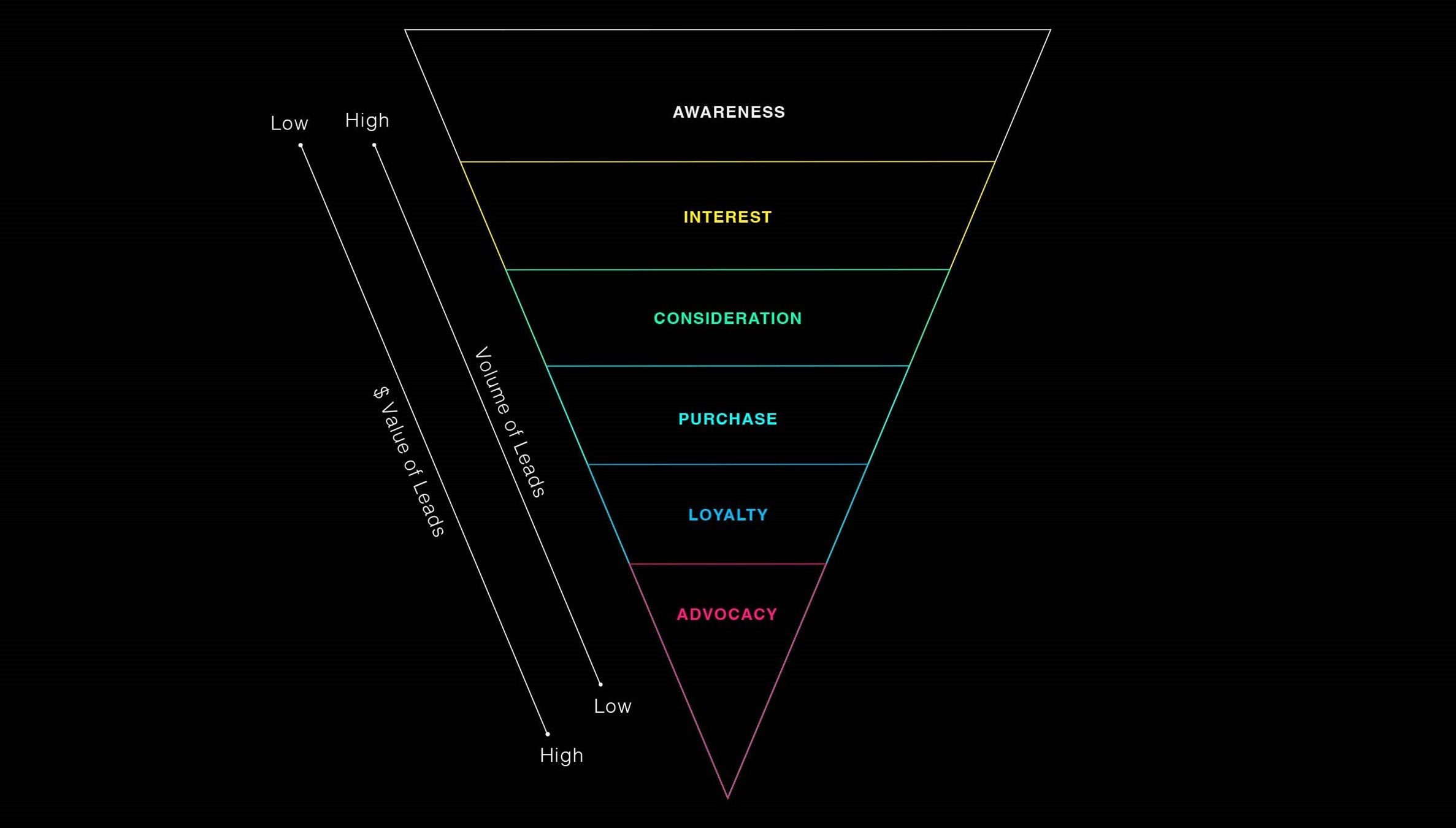How to Join the Metaverse
Written by Hayley SikoraBrand Opportunities in Virtual Worlds
The metaverse represents a whole new realm of opportunities for retailers, and brands are eager to make their mark on the new frontier.
Everywhere from Balenciaga’s1 digital fashion line in Fortnite, to Samsung’s2 upcoming flagship space in Decentraland, to the Gucci Garden3 in Roblox and a slew of new branded virtual shopping centers, we are seeing companies begin to harness the power of the metaverse to deliver immersive brand experiences to their consumers.
However, amid all of this excitement, it is often difficult to tell which experiences have truly been successful and where to begin when considering launching a new brand experience. In this step-by-step guide, we’ll walk you through how to tell if a virtual world experience makes sense for your brand and how to choose the metaverse strategy that is right for your business goals.
Why Now?
The stars have aligned and a few major factors signal that the birth of a metaverse is soon to come:
AR and VR technologies have become more accessible to household consumers. For example, at $299, the Oculus Quest 2 is now less than the cost of a PS5 or taking a family of four to a baseball game
The pandemic caused online gaming, shopping and social media use to surge, further blending our digital and physical realities
The gravitation to online made many companies rethink their digital ecosystems and inspired technologists to innovate in the space
Web 3 technologies such as blockchain have opened the door to new levels of decentralization, autonomy and control in users’ digital interactions
Tech giants like Meta and Microsoft have made details of their metaverse strategies public, leading to a lot of media buzz and investments in this space
To clarify, the term “metaverse” describes a future network of virtual worlds that further connect our physical and digital realities. While the metaverse has not yet come to fruition today, it is widely believed to be where much of our interaction will take place in the next wave of the Internet.
Virtual worlds of every variety, from cross-platform video games such as Fortnite, to web-based creator spaces like Decentraland, to VR social experiences like VR Chat are believed to be precursors to the metaverse and have given brands their first opportunities to connect with users in this space. In understanding the Appeal of the Metaverse5, Samuel Van Kiel, a Valtech researcher explains, “[There] is the metaverse’s affordance to engage with people differently. In a hyperreal environment, the consumer journey can be rethought entirely. Brand activations can be experiences like nothing that has been done before.”
Brands around the world are taking advantage of the new world of opportunities in the metaverse. Are you ready to take the leap and explore whether creating a metaverse experience is right for your target audience?
Gartner predicts that by 2026, 25% of people will spend at least one hour a day in the metaverse for work, shopping, education, social media and/or entertainment.
Is a Virtual World Experience Right for Your Brand?
Virtual world experiences might not be right for every brand right now. As Gartner6 puts it, “The adoption of Metaverse technologies is still at an early stage, so business leaders should limit their investments there.” The right investment looks different for every brand, so here at Valtech, we are helping retailers understand where to test the waters and create experiences that both result in short-term returns as well as set them up for a successful long-term metaverse strategy. While we believe that there is a huge opportunity for brands to win big by investing in the metaverse early and experimenting often, brands should be deliberate about what they are putting their time and money toward in this space.
So where do you begin when deciding if a virtual world experience is right for you? By understanding your target audience. A study done by YouGov7 showed that 36% of Americans are interested in participating in the metaverse, with the most interest coming from ages 18-29 (51%) and 30-44 (43%). Not surprisingly, there was significantly less interest from ages 45-64 (32%) and 65+ (19%). Understanding whether your target audience includes early adopters of metaverse platforms is key to understanding whether you should be investing in marketing on those channels. Understanding whether your target audience includes early adopters of metaverse platforms is key to understanding whether you should be investing in marketing on those channels.
Conduct research into your target consumers and identify the entertainment channels where they spend their leisure time. If your target audience includes younger consumers, especially those interested in gaming, creative outlets, emerging technologies, or new investment opportunities, it is safe to assume that they are likely spending some of their time exploring these virtual worlds. If that is the case, the metaverse represents a unique opportunity to cultivate lasting engagement with these consumers.
As Newzoo8 puts it, “These high-value, young consumers are hard to reach via traditional marketing techniques and even on social media, so it’s no surprise to see consumer brands and big tech companies doubling down on all things metaverse.”
If your target audience is primarily made up of older consumers or late adopters, we suggest deploying other strategies before diving into the metaverse:
Consider marketing on other mass media channels (such as TV or social media) that reach a more traditional audience
Use design thinking to uncover ways to attract your target audience to virtual worlds, perhaps through exclusive content and product drops
Evaluate whether the audiences within the metaverse could become another target audience for you and how you can update your brand strategy to reflect that
Only 10% of consumers who visit virtual worlds go there to shop, while the majority visit for gaming or socialization purposes
Valtech Research StudySelecting the Metaverse Strategy that is Right for your Business Goals
Many brands have jumped on the opportunity to create digital versions of their physical stores, complete with 3D inventory and spaces to browse, within virtual worlds. However, traffic and conversions have been low as shopping has not yet become a primary driver to virtual worlds. A Valtech research study revealed that only 10% of consumers who visit virtual worlds go there to shop, while the majority visit for gaming or socialization purposes.
Instead, be deliberate about creating a virtual world experience that aligns not only with your business goals, but with your users’ motivations for being in that space. Think critically about where you need to supplement your current conversion funnel with more customer engagement and identify the right methods to foster that engagement. See below for a framework that can help you align your business goals to the type of metaverse strategy that is right for your audience.
Aligning Metaverse Strategies to Marketing Funnel Goals
No matter what your business objectives are, it is important to align your metaverse strategy with the rest of your omnichannel customer experience.
Research how your customers currently navigate their purchase decision and explore how the addition of a metaverse experience might factor into that decision-making process. Provide relevant and contextualized CTAs throughout the experience that encourage your users to visit other areas of your digital ecosystem and take the next step in engaging with your brand.
It is important to note that here at Valtech, we believe the future metaverse will take on many different forms and that much of it will eventually transcend digital interfaces to create a true mixed reality, where virtual content is viewed within the context of the physical world. While we are still a long way away from this reality, rest assured that experimenting in virtual worlds will set you up for success for years to come.
Danielle Holstine, a Portfolio Manager for Valtech’s Connected Experience Business Unit who has been creating virtual world experiences for over 10 years, explains, “VR use will start to wane as soon as AR technology catches up. If people can experience that same digital content without blocking out the rest of their world, AR will become the tech of choice for most use cases. But that shouldn’t discourage brands from building in this space. All of the 3D assets that brands create for VR or even desktop worlds can be easily transferred to AR and MR applications.”
Valtech combines a unique blend of retail, themed entertainment, and connected experience strategy expertise that positions us perfectly to help brands imagine and design intentional experiences in virtual worlds. Reach out if you want help determining the metaverse strategy that is right for your brand or designing an experience that will leave a lasting impact on your target audience. We look forward to hearing from you!





